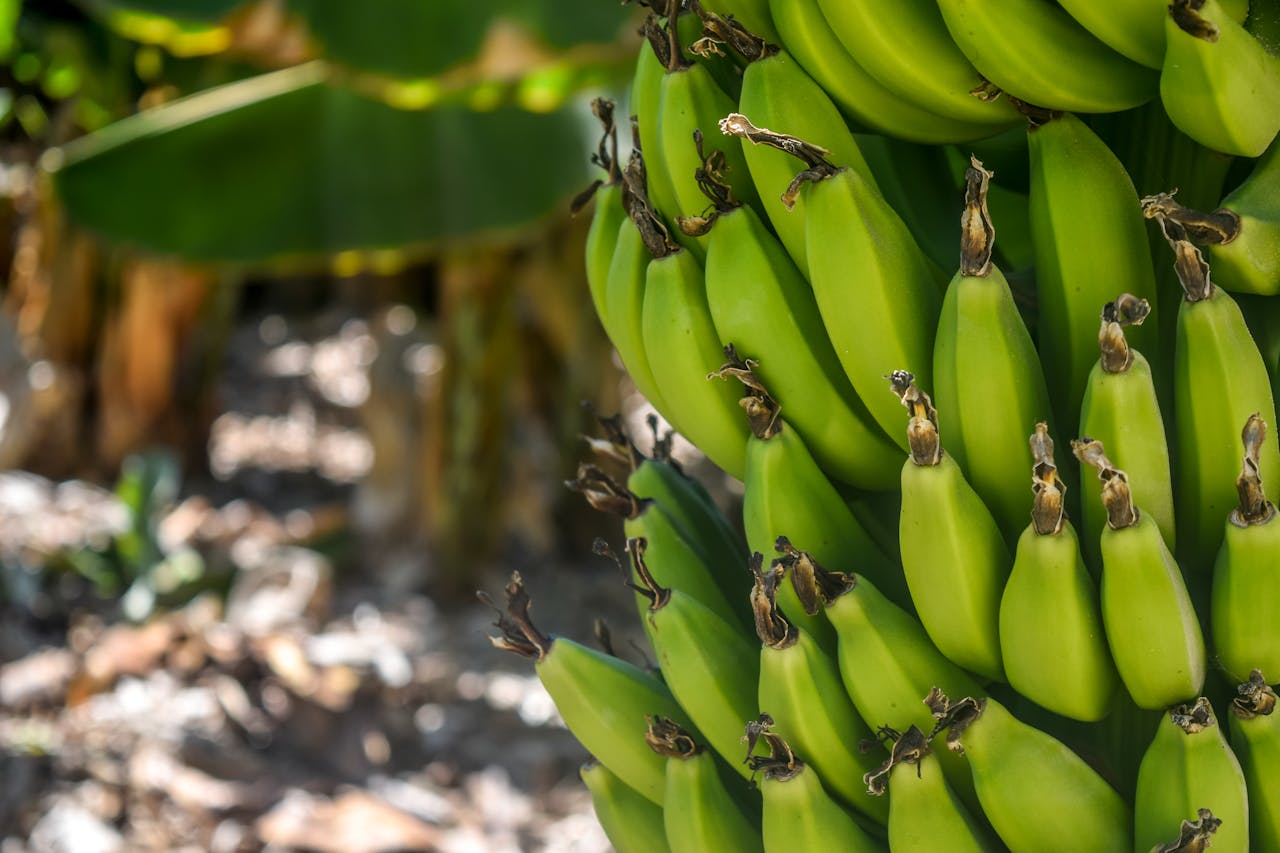Potassium is an essential mineral that plays a critical role in maintaining various bodily functions, including nerve function, muscle contractions, and heart rhythm. The kidneys play a pivotal role in regulating potassium levels in the body. Insufficient potassium can lead to a range of health issues, including hypertension, kidney stones, and muscle weakness. This article explores the different methods to increase potassium levels in the kidneys, offering a comprehensive guide supported by scientific studies, expert testimonials, and practical recommendations.
The Importance of Potassium in Kidney Function
Role of Potassium in the Body
Potassium is vital for numerous physiological processes. It helps to:- Regulate fluid balance
- Conduct nerve impulses
- Contract muscles, including the heart
- Maintain normal blood pressure
Potassium and Kidney Health
The kidneys are responsible for filtering and excreting excess potassium from the body. They maintain potassium homeostasis by reabsorbing the required amount and excreting the rest through urine. An imbalance in potassium levels can lead to hyperkalemia (high potassium levels) or hypokalemia (low potassium levels), both of which can have severe consequences.Consequences of Potassium Imbalance
Low potassium levels (hypokalemia) can cause symptoms such as:- Muscle weakness
- Fatigue
- Heart arrhythmias
- Hypertension
- Cardiac arrest
- Muscle paralysis
- Severe metabolic disturbances
Dietary Sources of Potassium
High-Potassium Foods
Increasing potassium intake through diet is one of the most effective ways to boost potassium levels in the kidneys. Foods rich in potassium include:- Bananas: A well-known source, providing approximately 422 mg of potassium per medium-sized banana.
- Sweet Potatoes: One medium-sized sweet potato contains about 541 mg of potassium.
- Spinach: One cup of cooked spinach offers around 839 mg of potassium.
- Avocados: Half an avocado provides roughly 487 mg of potassium.
- Salmon: A 3-ounce serving of salmon contains about 416 mg of potassium.
Potassium-Rich Dishes
Incorporating potassium-rich foods into your daily meals can be both delicious and beneficial for your health. Here are a couple of tasty recipes that are high in potassium:Sweet Potato and Black Bean Tacos
Ingredients:- 2 large sweet potatoes, peeled and diced
- 1 can (15 oz) black beans, drained and rinsed
- 1 tablespoon olive oil
- 1 teaspoon ground cumin
- 1 teaspoon chili powder
- 1/2 teaspoon smoked paprika
- Salt and pepper to taste
- 8 small whole wheat tortillas
- 1 avocado, sliced
- 1/2 cup red cabbage, thinly sliced
- 1/4 cup fresh cilantro, chopped
- 1 lime, cut into wedges
- Preheat the oven to 400°F (200°C). Line a baking sheet with parchment paper.
- Toss the diced sweet potatoes with olive oil, cumin, chili powder, smoked paprika, salt, and pepper. Spread them out on the prepared baking sheet.
- Roast in the preheated oven for 20-25 minutes, or until tender and slightly crispy on the edges.
- While the sweet potatoes are roasting, heat the black beans in a small saucepan over medium heat until warm.
- Warm the tortillas in a dry skillet over medium heat or wrap them in foil and heat them in the oven for 5 minutes.
- Assemble the tacos by placing a spoonful of roasted sweet potatoes and black beans on each tortilla.
- Top with avocado slices, red cabbage, and fresh cilantro.
- Serve with lime wedges on the side for squeezing over the top.
- Potassium: Approximately 450 mg
- Calories: 220
- Protein: 6 g
- Carbohydrates: 35 g
- Fiber: 8 g
Spinach and Salmon Salad
Ingredients:- 4 cups baby spinach leaves
- 2 salmon fillets (about 6 oz each)
- 1 tablespoon olive oil
- Salt and pepper to taste
- 1 avocado, diced
- 1/2 cup cherry tomatoes, halved
- 1/4 cup red onion, thinly sliced
- 1/4 cup feta cheese, crumbled
- 2 tablespoons sunflower seeds
- 1 lemon, cut into wedges
- 2 tablespoons olive oil
- 1 tablespoon apple cider vinegar
- 1 teaspoon Dijon mustard
- 1 teaspoon honey
- Salt and pepper to taste
- Heat 1 tablespoon of olive oil in a skillet over medium-high heat. Season the salmon fillets with salt and pepper.
- Cook the salmon for about 4-5 minutes per side, or until it flakes easily with a fork. Remove from heat and let cool slightly.
- In a small bowl, whisk together the dressing ingredients: olive oil, apple cider vinegar, Dijon mustard, honey, salt, and pepper.
- In a large bowl, combine the baby spinach, avocado, cherry tomatoes, red onion, feta cheese, and sunflower seeds.
- Flake the cooked salmon into large chunks and add it to the salad.
- Drizzle the dressing over the salad and toss gently to combine.
- Serve the salad with lemon wedges on the side for extra flavor.
- Potassium: Approximately 900 mg
- Calories: 450
- Protein: 28 g
- Carbohydrates: 12 g
- Fiber: 6 g

